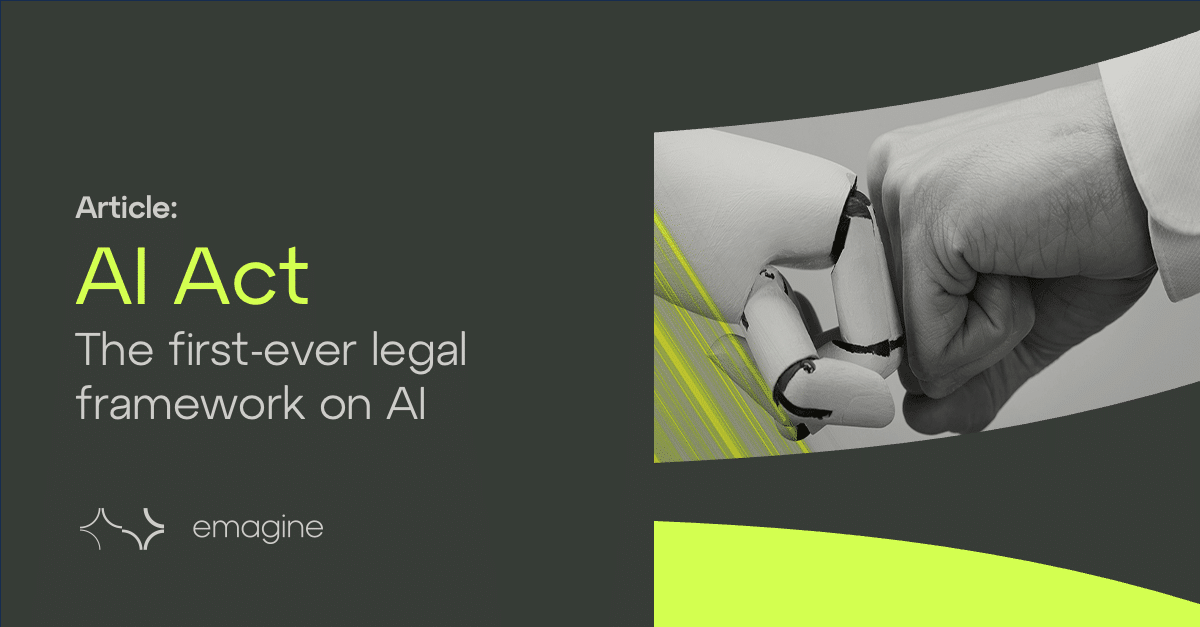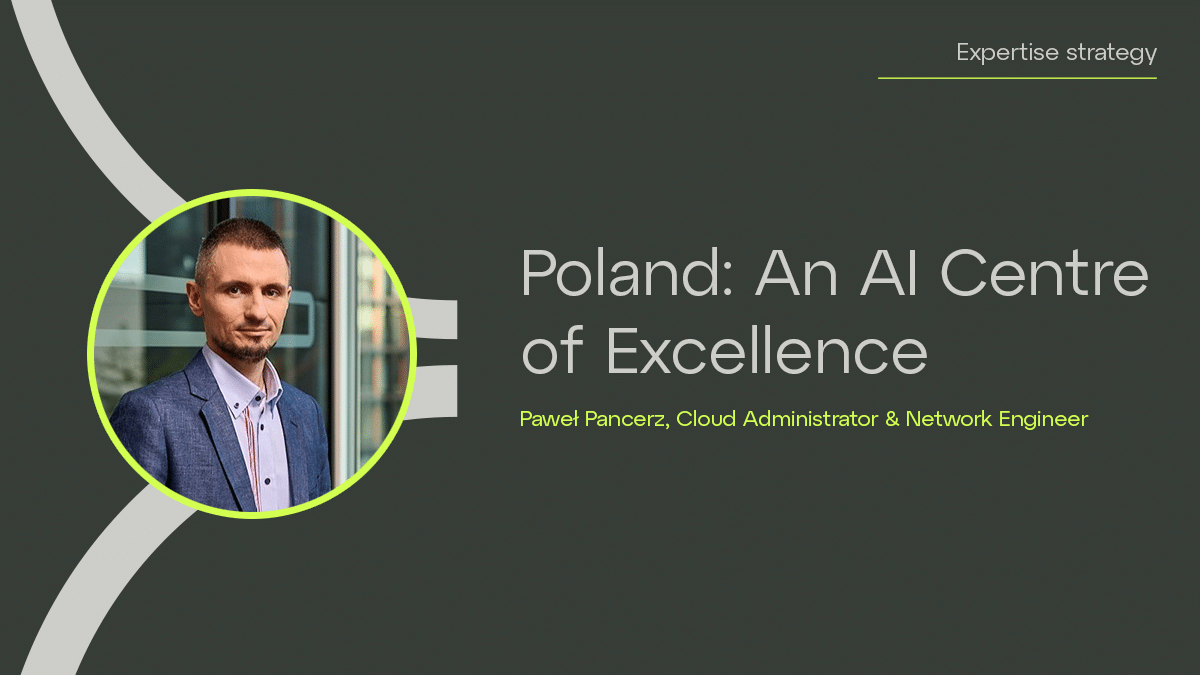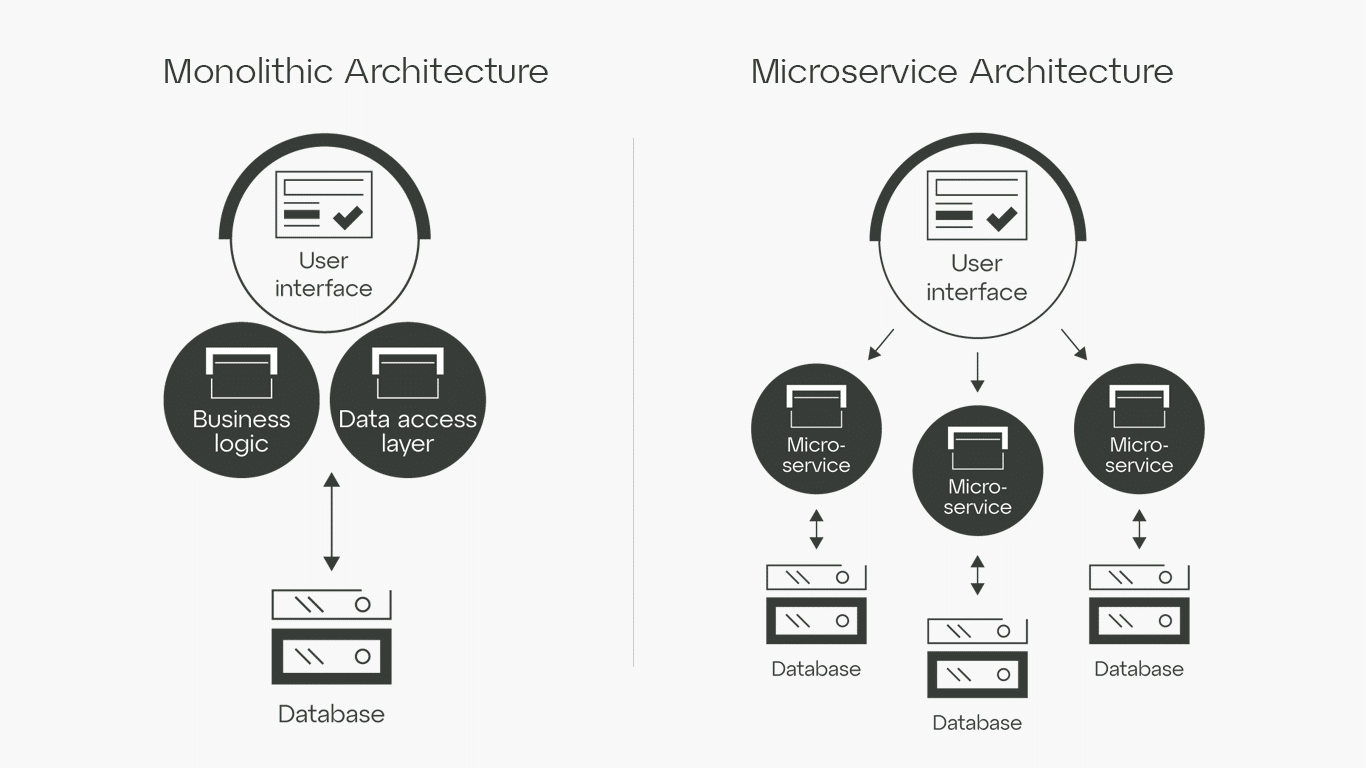Ask us how we can help you succeed.
Digital technology surrounds us on all sides. We rely on it in our personal lives and it dominates the business world, with the two often overlapping through the hybrid working trends of recent years.
Alongside the greater efficiencies that technology enables, there is an equal risk of reduced productivity through stress. Business leaders increasingly need to pay attention to the digital well-being of their teams, and themselves, to minimise this risk.
Finding the right approach and tools can be a challenge and a balancing act to make sure that teams are engaged and responsive, but know when to disconnect. In this article, we look at the challenges at play and explore ways that business leaders can work towards building digital wellness of their teams, particularly for employees working with IT development.
The digital dilemma
In 2023, users aged 16 to 64 globally spent an average of six hours and 37 minutes daily on screens, comprising 40% of their time. The constant connectivity of mobile phones may contribute to stress and anxiety, fostering habits like after-hours messaging and work.



















































